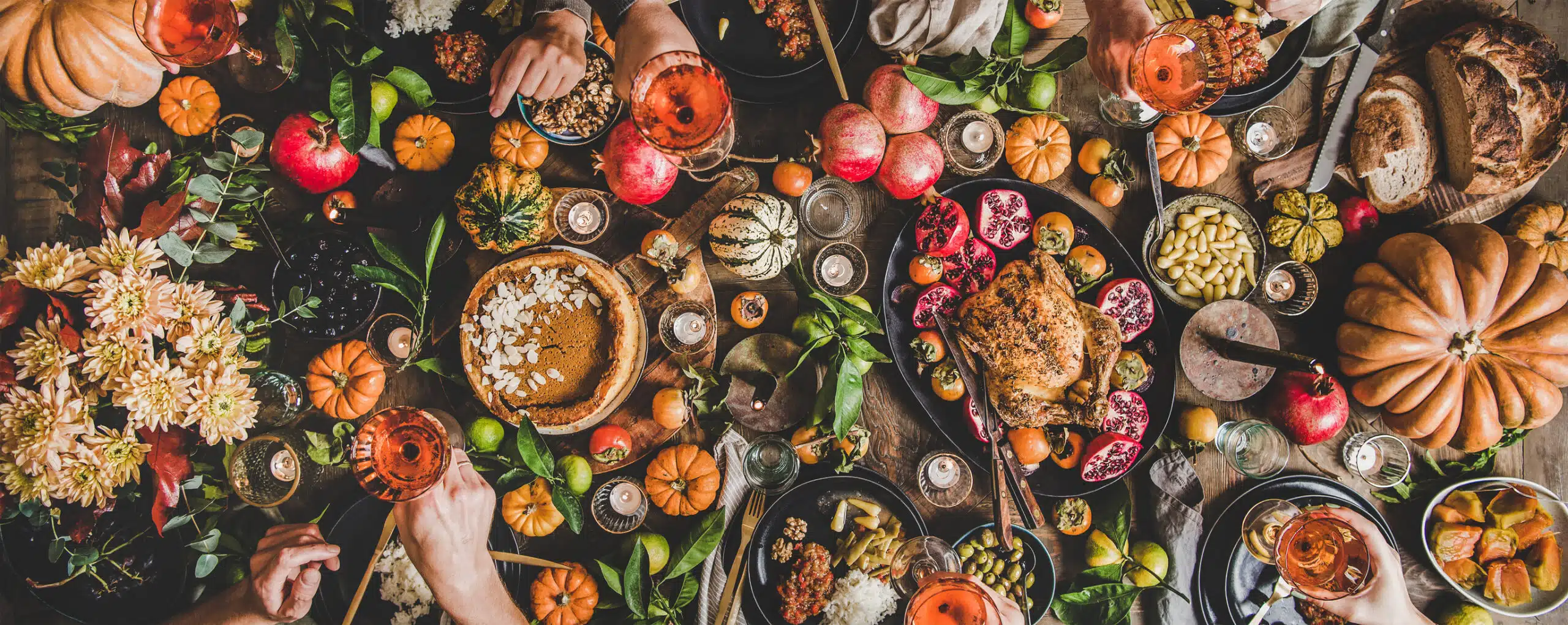As spring comes into bloom so do the many delights of the woods and trails. While it’s easy to walk on by the varieties of plants we encounter day to day, to the trained eye even the smallest wild spaces are filled with delicacies that can be crafted into a plethora of beverages and dishes.
Here we’ve collected a sampling of wild plants and fruits and turned them into beautiful mocktails for spring. (We also show a few alternatives available in stores for those more urbanly inclined—see AFTER THOUGHTS, page 38.)
To get started in the world of foraging, tap into the wealth of resources that are available including social media accounts—such as those listed to the right—as well as local groups, books, and blogs. You’ll quickly discover that there’s an active community of people looking for local flora. Some key words to search for more information include “wild edibles” or “foraging near me.”
Look for groups offering local walks and hands-on classes—including tastings—to help you learn about plants native to your area, and what’s available in each season.
Apps are also helpful when it comes to identifying plants when you’re out in the wild. Some apps to try include:
iNaturals by National Geographic (free)
Log your observations and connect with others in the iNaturals community if you have questions about your finds.
Picture This Plant Identifier (free with an optional in-app upgrade for $29.99)
This app allows you to upload pictures to identify the plants you’re looking at—handy in all kinds of situations.
Wild Edibles Forage ($5.99)
Search plant names by region for a wealth of information, including uses for each plant and potential dangers.
When foraging, it also pays to know the rules of the craft in order to stay safe and forage ethically and sustainably.
We’ve rounded up a few important guidelines to get you started:
- Do your research! Make sure you know all of the markings of a particular plant—and can identify potential look-alikes—before consuming any plant in the wild.
- Don’t pick or consume anything unless you’re absolutely sure what it is.
- Forage with a local expert or join a class if you’re uncertain about plants in your area.
- Don’t forage in areas that have been sprayed with pesticides.
- Pick from mature trees and plants to allow younger ones to grow and reproduce.
- Avoid overharvesting from any one plant or area.
- Take only what you need for immediate personal use.
- Adhere to foraging rules and laws in your state and local area.
- Most of all, have fun and let us know what you think of the recipes below!
ADVERTISEMENT




